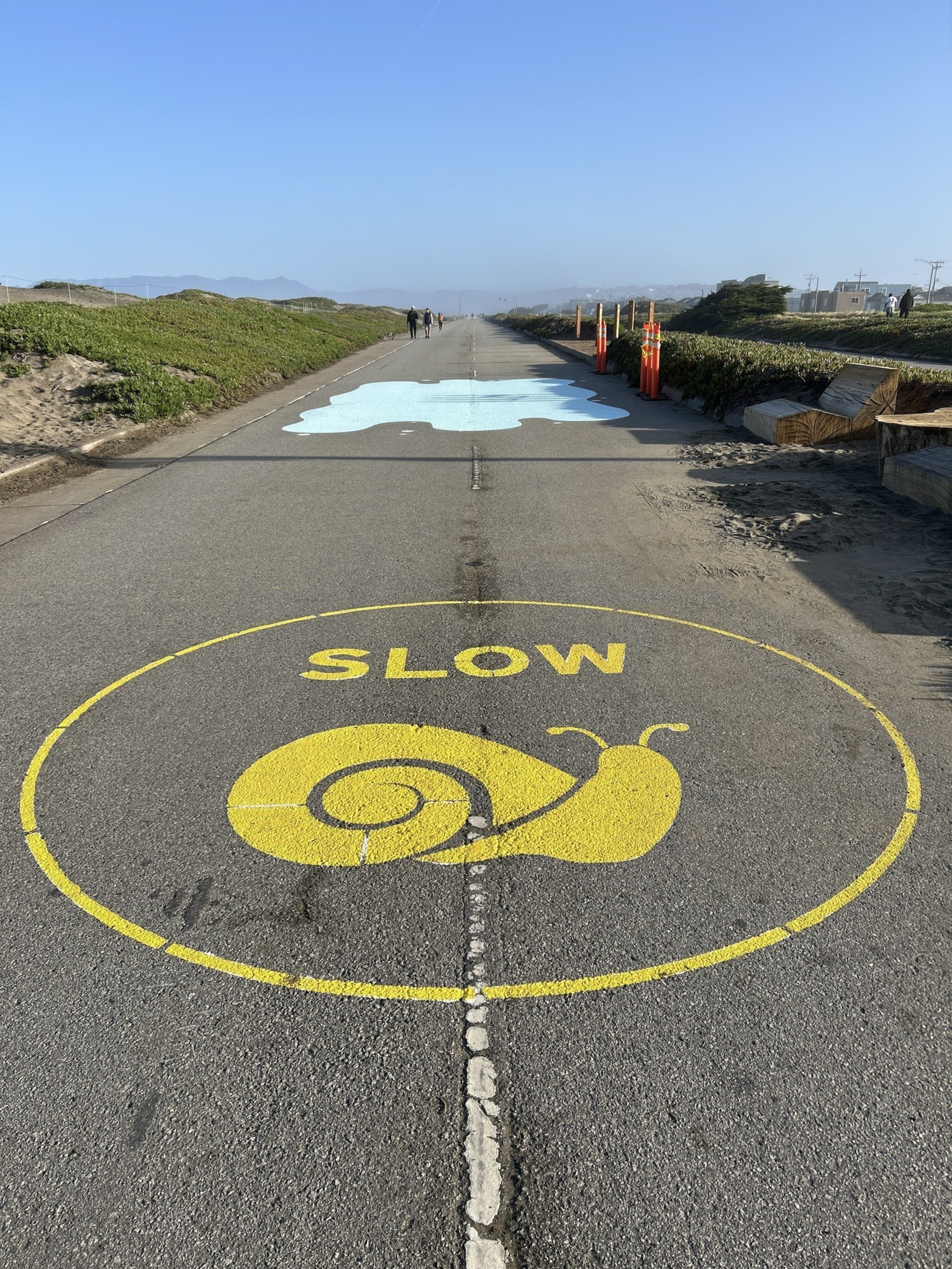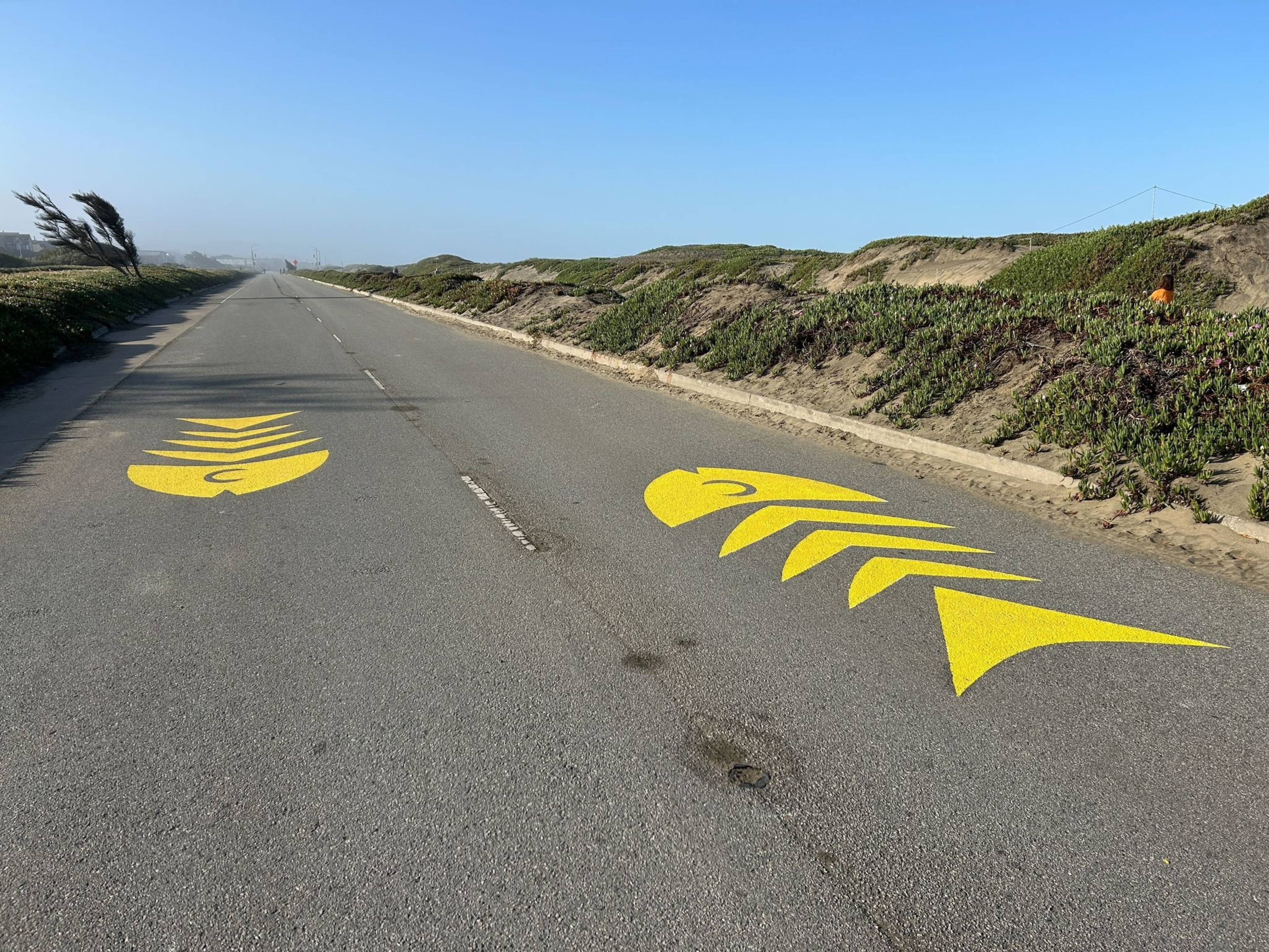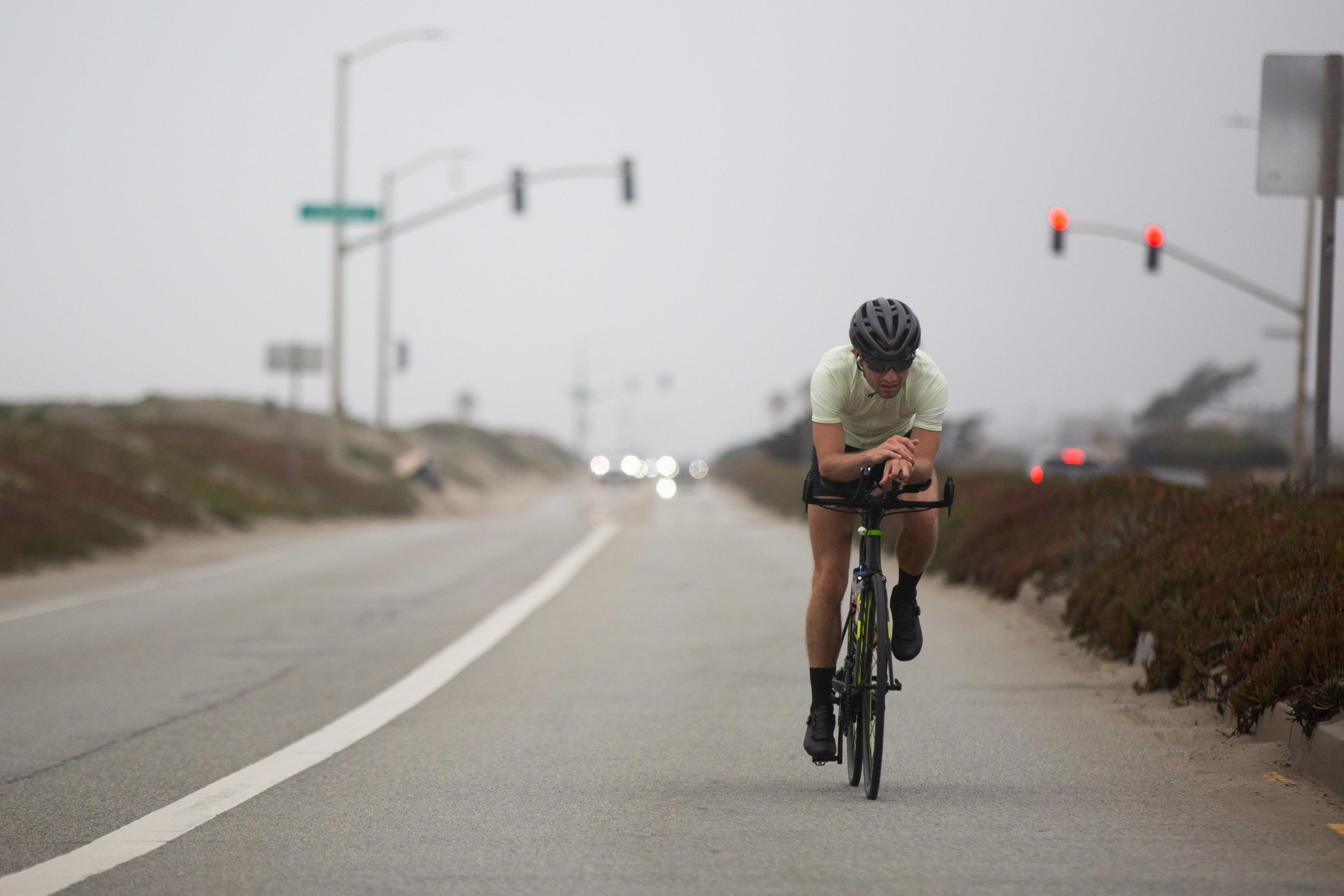Sorry, “Parky McParkface.” It just wasn’t your time.
At a special commission meeting of the city’s Recreation and Parks Commission held Tuesday afternoon, officials selected from a list of five finalists to rename the Great Highway, now a permanent park after voters chose to close it to traffic.
The former roadway will be known as Sunset Dunes (not Sunset Dunes Park). The other finalists were Fog Line, Great Parkway, Playland Parkway, and Plover Parkway.
The final five came from more than 3,200 ideas submitted by city residents over the past few weeks. Phil Ginsburg, general manager of the Recreation and Parks Department, ticked off some of the more whimsical rejected suggestions: Tan-handle, Erosion Park, Dunesday Park, Sandy Bottom.
Other ideas were deemed unsuitable for specific reasons. For instance, many people have referred to the Great Highway as “Ocean Beach Park,” but that was rejected after emergency services personnel decided they needed a name distinct from Ocean Beach, which is managed not by the city but by the National Park Service. Any name with the word “promenade” was also dismissed, given that the car-free section of Golden Gate Park’s JFK Drive is known as JFK Promenade (opens in new tab). Further, a website and Instagram account that recently popped up to advocate for Misty Mile Park (opens in new tab) appears to have been created by an overzealous actor with no relationship to city government.
Sunset Dunes will be unveiled in a public ceremony (opens in new tab) Saturday.
First-of-its-kind wayfaring
In addition to the public art that has recently gone up along the promenade … er, park, visitors this week encountered freshly painted yellow stencils. They’re wayfaring tools meant to separate cyclists and other fast-moving park-goers from pedestrians, people with young children, and other slow-moving types.



The western oceanfront side will be the “slow” half, indicated by yellow snail icons. The eastern city-facing side will be the “shared” half, demarcated by an icon of a gull and a snail on a skateboard. Both sides will have directional arrows in the shape of fishbones. In the days to come, volunteer teams will install the stencils at all seven intersections, plus the park’s northern and southern entrances — some 72 icons in all.
An alternative to bike lanes and other strict separations, this approach has never been tried before, anywhere. It’s “rooted in mood, not mode,” according to volunteer and neighborhood resident Lucas Lux, who led the campaign for Proposition K, the ballot measure that closed the Great Highway to traffic. “They’re really cute,” Lux added. “They feel fun and inviting, not regulatory.”
Although the park remains controversial on the West Side, the wayfaring indicators have so far been met with positive, if hesitant, reactions. Neighborhood residents John and Shannon, who declined to give their last names because of the heated debate around the topic, said they had hoped for greater separation between cyclists and other users — in particular, electric bikes and pedestrians.
“Those are basically motorcycles — and I love e-bikes,” John said. “But let’s see what happens. It’s paint. We can change it if we need to.”
